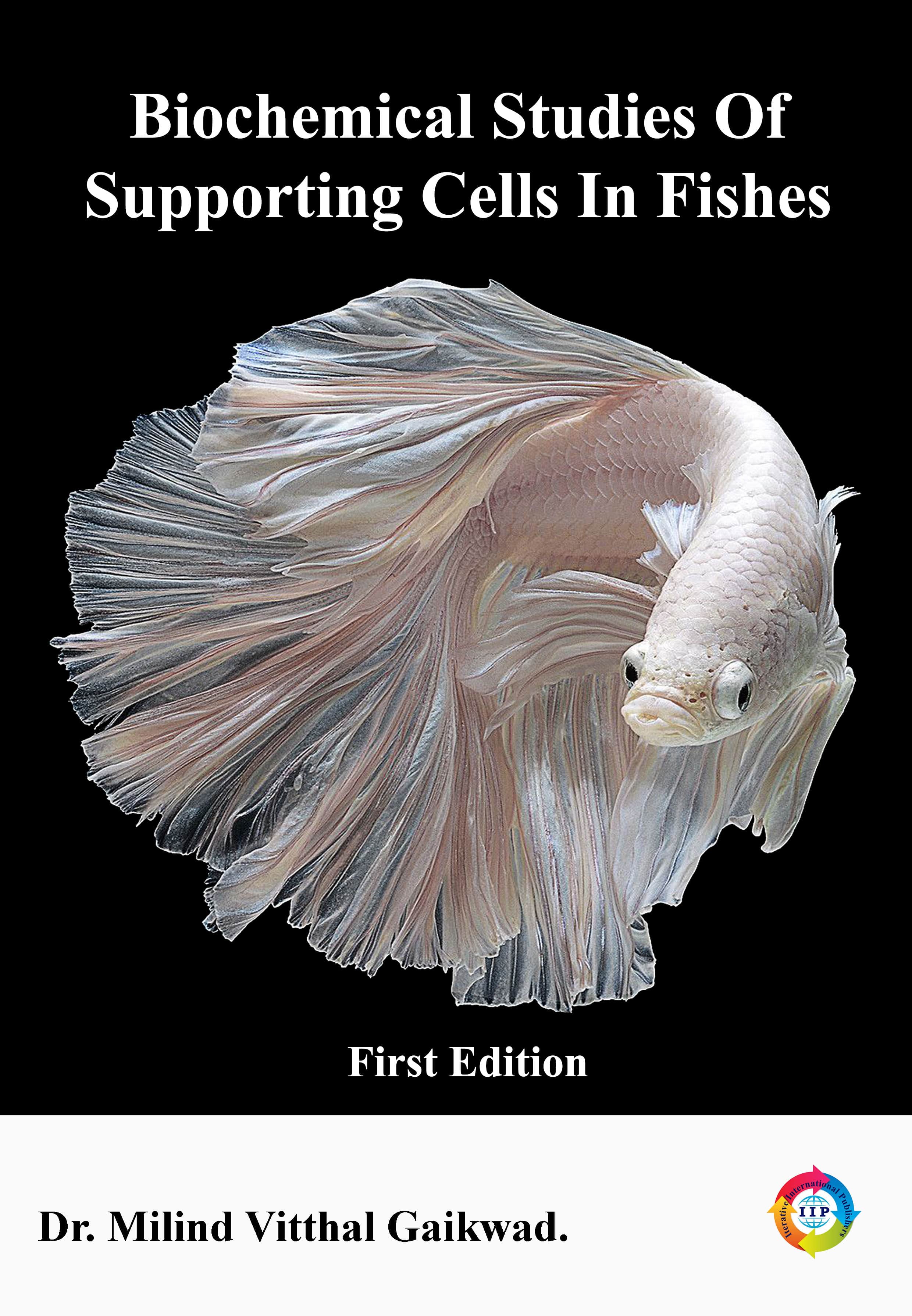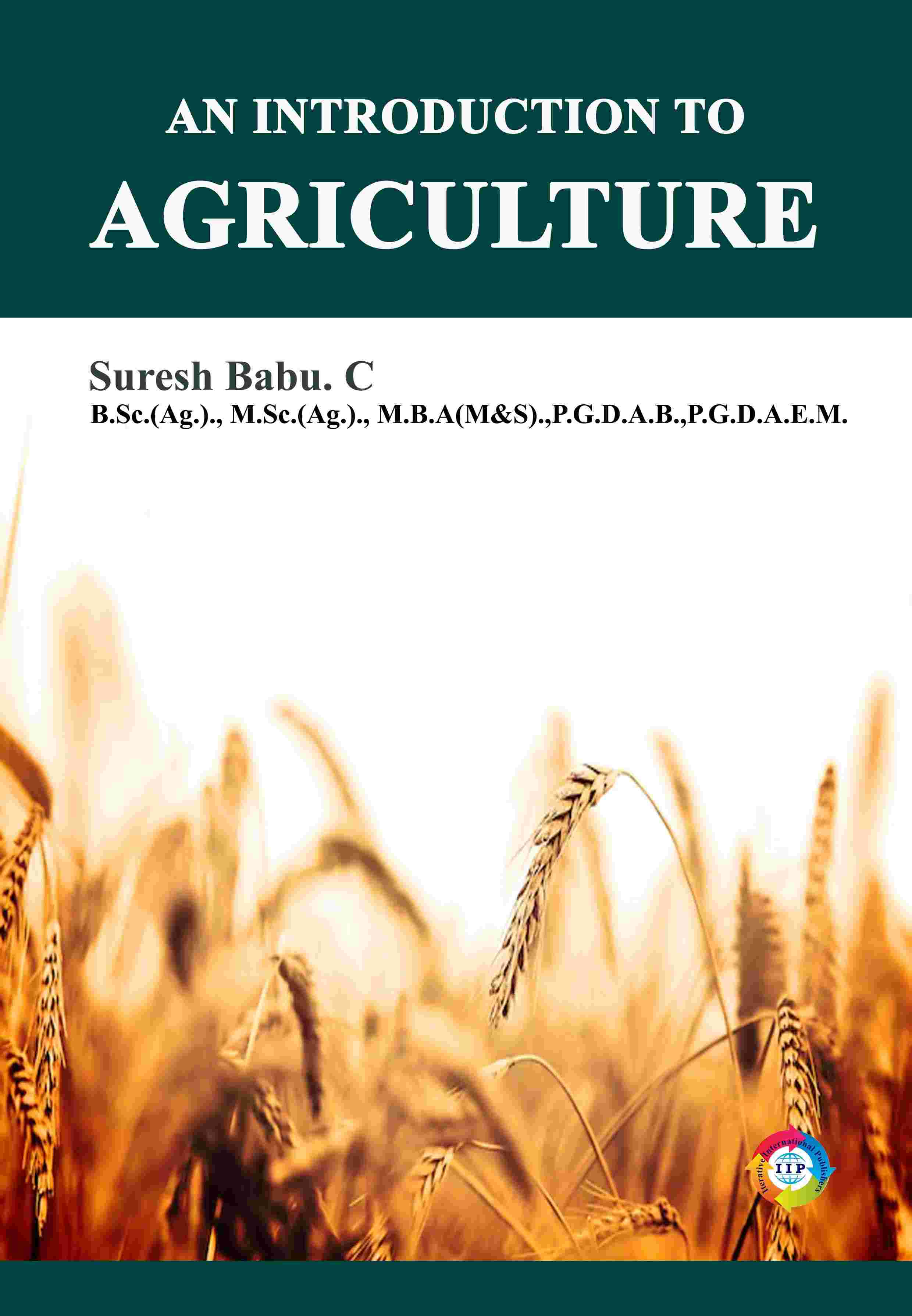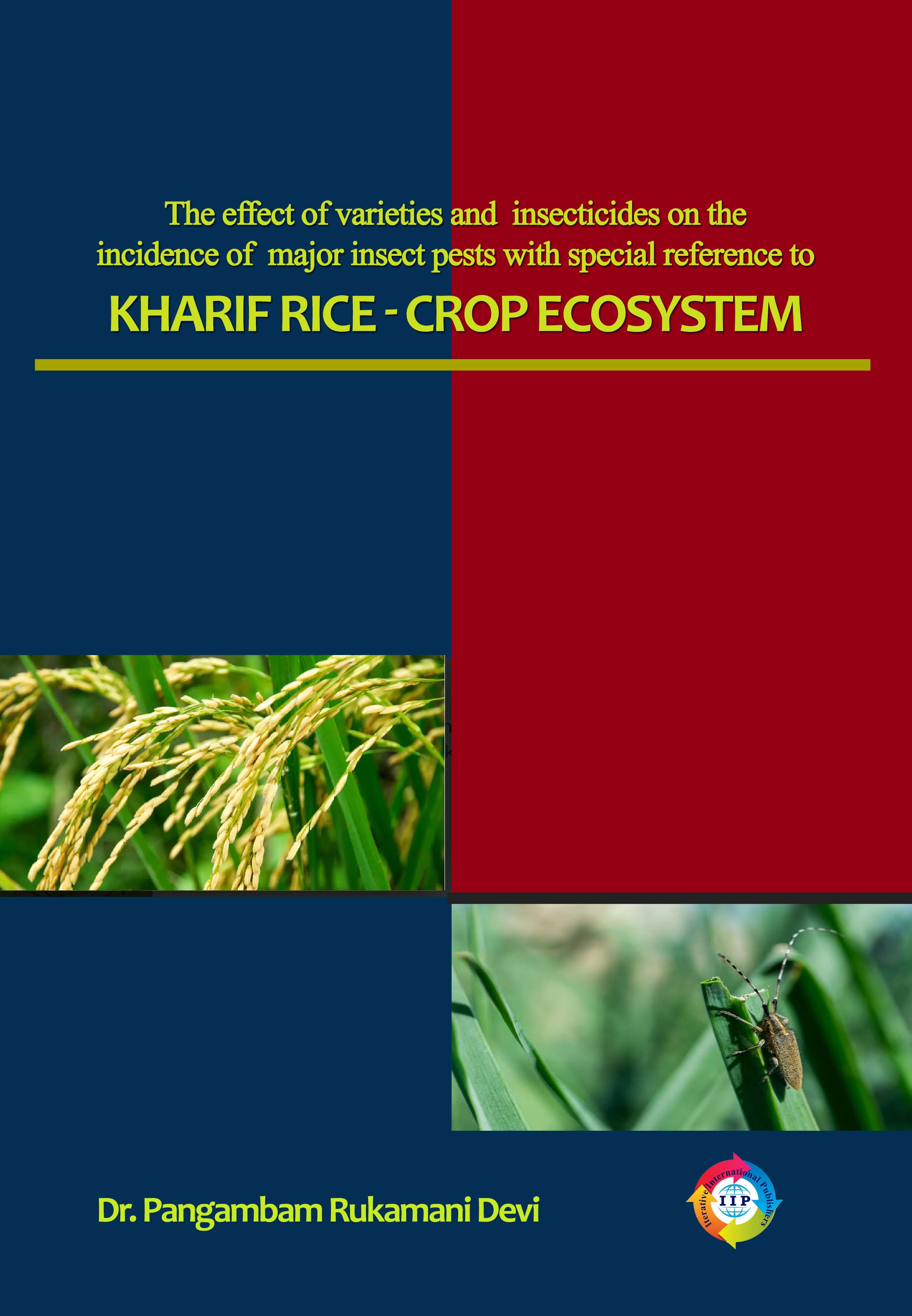
BIOCHEMICAL STUDIES OF SUPPORTING CELLS IN FISHES
-
TypePrint
- CategoryAcademic
- Sub CategoryPhD Thesis/Thesis
- StreamAgriculture & Food Science
The present work deals with the biological study of fresh water fishes from Marathwada region. The biological and speciation of fishes like, Channa gachua is done in the present work with special references to meristic and metric studies. Reproduction in any animal is one of the basic functions to propagate the respective population in cyclic manner. Fishes has got a complicated reproductive behavior and very typical embryonic development. Morphologically, testis consists of different organelles, with cells like Sertoli and Ledig’s cells or interstitial cell which are really supportive and functional unit of the gonads. The somatic (Sertoli) cell in fishes plays an essential role in embryonic determination of sex and spermatogenesis during adult life. Individual Sertoli cell aries as a clone of developing germ cells with nutrient and growth factors and it is also well established that the number of Sertoli cells are closely related to both testicular size and sperm output. Sertoli cell continue to proliferate and differentiate until the beginning of the puberty, when they seize dividing and start nursing the germ cells. At this point and in time, the future capacity of the test is to sperm production has thus been determined prior to puberty. Sertoli cells are immature and differ considerably with respect to morphology and biochemical activity from their mature cell. Several investigation have been focused on hormonal and paracrine regulations of the mature cells, but mechanical underlying the maturation and general maintenance of well functioning Sertoli cells remain obscure. Disturbance to Sertoli cell differentiation is thought to be involved in the pathogenesis of both poor sperm count and testicular cancer. It is speculated that, environmental agents that disrupts the estrogenic as well as androgenic balance in the testis play role in this connection.
The development of germ cells is critically dependent on the presence of somatic cells of the testis. In this regards Sertoli cell in fishes and probably in all vertebrates, play a pivotal role in the differentiation and development of a functional testis. In all mammalian species investigated up-till to now, no Sertoli cell proliferation has been observed after puberty and postnatal Sertoli cell mitotic activity ceases during the first wave of spermatogenesis when primary spermatocytes are actively proliferating. These events coincide with the formation of Sertoli cell barrier, tubular lumen, and an elaborated cytoskeleton, which is morphological and functional marker of Sertoli cell differentiation.
Histomorphometric investigation is an adequate approach to better understanding the spermatogenic process and testis function. Such an evaluation allows estimating the spermatogenic efficiency in each species, for example, the determination of the number of spermatogonial generations, the magnitude of the germ cell loss during spermatogenesis, and Sertoli cell efficiency. Very little information is available on Sertoli cell proliferation in teleost, the most numerous group of vertebrates.
Fish spermatogenesis takes place in cyst within the seminiferous tubule. The germ cells derived from single primary spermatogonia then divide synchronously to constitute an isogonics germ cell cloned that is bordered by Cytoplasmic extension of a single layer of Sertoli cells. Hence, in cystic spermatogenesis, a Sertoli is usually in contact with only one germ cell accompanied through the different stages of spermatogenesis and associated group of Sertoli cells. Spermiation, the release of mature germ cells by Sertoli cells, is achieved by opening the cyst. In some fish species, spermiation is associated with the degeneration of at least some of the Sertoli cells, so that Sertoli cells might have to be replaced in part to maintain the capacity for supporting subsequent waves of spermatogenesis. Moreover, in many species, developmental cycles with more than 50-fold changes in testis weight occur during successive annual reproductive seasons. This might be associated with yearly recurrent waves of Sertoli cells proliferation.
Finally, many fish species grow throughout life, which might require Sertoli cell proliferation in adults as a basis for allometric testis growth. The main objective of the present work was to perform a comprehensive morphometric study of different types of spermatogenic cysts and to investigate whether Sertoli cells and other cells of the testis are mitotically active. An alarming decline in reproductive behavior is recorded in vertebrate during recent decade considering environmental stressors.
In the evolutionary study, any aspect of fishes occupies a peculiar position in animal kingdom due to several reasons. To sustain population of age old animals in the recent years, it has become difficult to the scientists. Fishes being most delicate and susceptible animal, with complicated reproduction for study, requires a special attention for stock assessment and development. In prehistoric period, human being had very hard life even to obtain food for his survival. To overcome this problem, we started thinking to exploit the natural resources including hunting of the animals. Hence, through his power of thinking and interpretation concentrated attention to intense the aquatic resources for various purposes including the aquaculture.
Natural resources have been explored for the welfare of mankind and made progress in every field including the aquaculture. Due to ever increasing population growth, availability of land resource to overcome the increasing demand of nutrition food, have diverted their mind to exploit exploration of aquatic resources is the only way out to meet out the demand of food. Amongst the aquaculture, fish culture has become a prime object in this venture due to its multiple advantages and multipurpose uses,
In India 30% population is suffering severely for malnutrition, fish culture may be useful tool to provide healthy and easily digestible food. Taking these facts into consideration, scientists have been conducting many experiments in order to increase the fish population.
The relative change in gonadosomatic index (G.S.I), Lukine (1987) reported during pre-vitellogenesis and early vitellogenesis and features of follicle cells are indicative of high synthesis and secretary activities. Thus, the phenomenon of oogenesis in teleost fish is similar to amphibians. However, with little differing to dogfish, Squalus acanthus and ray, Lwamatsu, et.a.,l (1988) studied the developmental stages of oocytes during oogenesis in Oryzias latipes and grossly classified into perevitellogenic, phases and postvitellogenic phase. Joshi and Joshi (1989) recorded the seasonal changes in testicular activity in association with interstitial cells in Puntius dukai. He further reported that, the interstitial cells showed changes with advancement of spermatogenesis. The cell number during spawning markedly increases as spermatogenesis advances. Sadhu et.al (1990) studied the cell lodgments and chemical nature of ovarian and interstitial cells in teleost, Punctius stigma and Mystus bleekeri and reported that, in Puntius stigma it arises from the remainders of post ovulatory follicles and from stromal tissue in Mystus bleeker. Billard, (1992), reported that the spermatogenic activity in teleosts commences at frequent intervals of the year. Nair (1966) classified the gonads on maturity into six stages in female and 4 stages in the male catfish, Arius subrostratus. They have also studied the pattern of distribution of ova in different regions of the ovary and reported that, the ripe ova found in the anterior portion of the ovary, where as maturing in the oviducal region.
In view of the above reports, the present work is devoted to study the secretary cells and their developmental stages of gonads in non-cyprinid fish Channa gachua to conclude as to whether the growth line in gonad of the groups is similar or not.
These fishes are frequently found adjacent to muddy bottoms, including reefs. Channna is conspicuously coloured with brown and is nutritious food fish. The largest species, the Channa murelius grows in to 45 centimetres in length; other species are less than half of this size with elongate body deep, it is comparably long than Channa gachua with forked tail fins and widely separated dorsal fins present. Perhaps the Channa species unpopular among fish keepers attributed to its feeding habits.
**Note: IIP Store is the best place to buy books published by Iterative International Publishers. Price at IIP Store is always less than Amazon, Amazon Kindle, and Flipkart.





COMMENTS
No Review found for book with Book title. BIOCHEMICAL STUDIES OF SUPPORTING CELLS IN FISHES